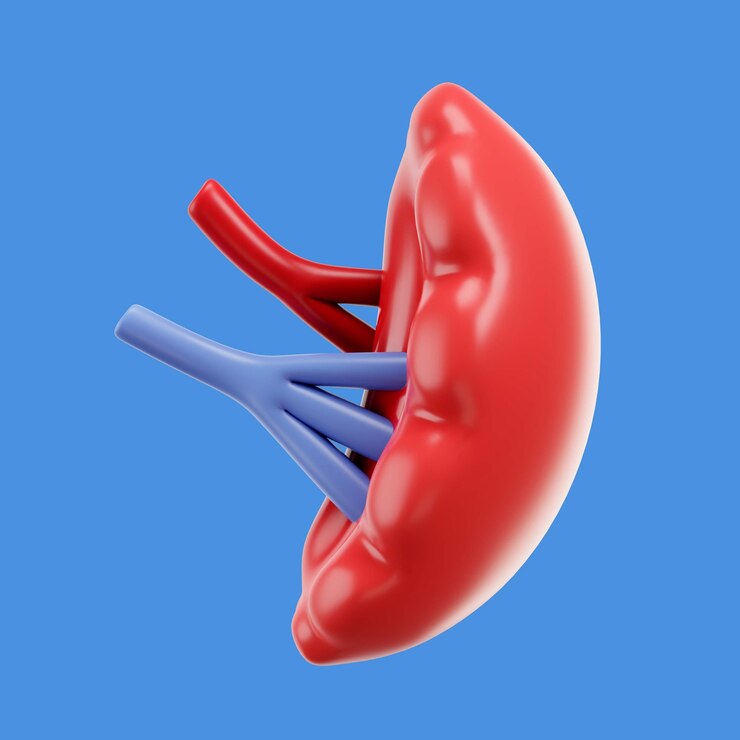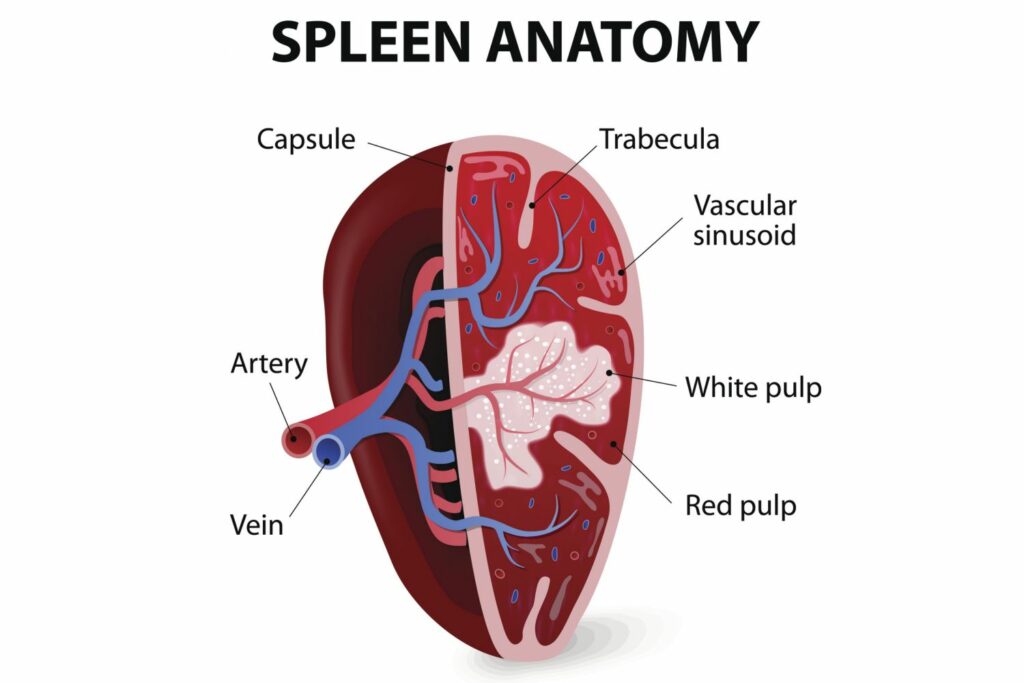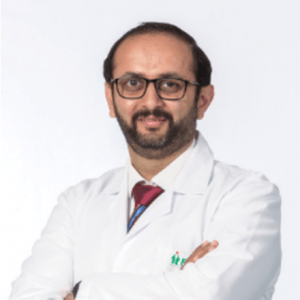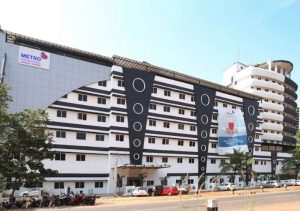Spleen Transplant
This is the transfer of the spleen or its fragments from one individual to another. This procedure, however, is still under research. It is being examined for immunological tolerance induction in the research subjects. It is also worth noting that the success of this procedure has been achieved in rats and, more recently, in pigs. Read More
Top Doctors For Spleen Transplant Treatments
Top Hospitals For Spleen Transplant Treatments
Spleen Transplant
Table of contents
Understanding the reasons for a spleen transplant and everything involved might be tasking, so let’s first start with understanding the organ called the spleen.

What is a spleen?
The spleen is an organ in the abdominal cavity located just above the stomach on the left side of the body. It is a lymphatic organ, and it also stores and filters blood.
What is the function of the spleen?
The spleen is a vital organ in the human body; it has several functions, which include:
- Blood storing
- Blood filtering
- Destruction of old and damaged blood cells
- Production of white blood cells
- Maintaining fluid levels in the body
- Production of antibodies
What is the anatomy of the spleen?
The spleen is made up of two main parts, with each of the parts having a different section and function. These parts include
- White pulp – this is the part of the spleen responsible for its immune function; it is involved in white blood cell production. These white blood cells then produce antibodies that help to fight infections in the body.
- Red pulp – the red pulp is involved in the filtering of blood. It is also involved in the destruction of worn-out and damaged red blood cells. It also destroys viruses and bacteria.

What is Splenectomy?
This is the surgical removal of the spleen. The most common reason for splenectomy is a spleen rupture, which is usually caused by abdominal trauma or injury. The surgical procedure, however, can be employed to treat a number of other issues. Splenectomy can be carried out through laparoscopy, which is performed with a tiny camera and some special surgery tools.
When only a part of the spleen is removed, it is called a partial splenectomy. The spleen does not regenerate after it has been removed. There is a structure called the accessory spleen in 30% of humans. In the incidence of splenectomy in these individuals, they may grow and function as the spleen. Sometimes a piece of the spleen may be separated following a trauma to the organ; that piece may then take over the functions in the case of splenectomy.
What are the reasons for splenectomy?
Splenectomy may be recommended for a variety of diseases and conditions and include
- Rupture – this is caused by different issues such as trauma, infarction, etc. it may lead to internal bleeding, which is life-threatening. due
- Infections – abscesses on the spleen may lead to splenectomy when it does not respond to other treatments.
- Cancer – some cancers that can be treated with splenectomy include lymphocytic leukemia, Hodgkin’s lymphoma, non-Hodgkin’s lymphoma, etc.
- Blood disorders – these include idiopathic thrombocytopenia purpura, thalassemia, etc.
- Tumors or cysts- these can require splenectomy when they increase in size and become massive.
- Splenomegaly – this could be used as a treatment for this condition, especially if it is from unknown causes.
- Splenic infarction – blocking of arteries feeding the spleen, usually by clots, may lead to the rupture of the spleen, which then requires splenectomy.
Surgical procedure
This can be done either as a minimally invasive or open surgery procedure. The method chosen often depends on the size of the spleen.

- Laparoscopic splenectomy – In this procedure, incisions are made on the abdomen, then a tube with a tiny camera is inserted into the abdomen. This camera is used to monitor as other special surgical tools inserted in other incisions are used to remove the spleen. Then after, the incisions are closed. This procedure is inappropriate for all conditions; however, a ruptured spleen requires an open splenectomy.
- Open splenectomy – an incision is made in the middle of the abdomen, and muscles and tissues are moved to locate the spleen. The spleen is then removed, and the incision is closed.
Spleen transplant
This is the transfer of the spleen or its fragments from one individual to another. This procedure, however, is still under research. It is being examined for immunological tolerance induction in the research subjects. It is also worth noting that the success of this procedure has been achieved in rats and, more recently, in pigs.
The procedure has also been performed on human beings but the results gotten have been varied. In some other research work, results indicate that embryonic pig spleen transplants may work in humans. This can remedy conditions in patients with genetic deficiencies like hemophilia, phenylketonuria, or other disorders. The main hindrance in the adaptation of the procedure is the immunosuppressant therapy required to prevent the rejection of these tissues by their hosts, as this therapy carries its inherent risks. So the procedure is only advocated in situations where no other solution is available.
FAQ
Some of the complications that can be experienced in this surgery include bleeding, infections, blood clots, and injury to the surrounding abdominal organs like the pancreas, colon, and stomach.
An individual is more likely to contract severe infections after splenectomy. Usually, a series of vaccinations is recommended after the surgery. Vaccines against pneumonia, Haemophilus, meningococci, etc., are usually prescribed. Preventive antibiotics are also recommended, especially in the instance of other ongoing severe conditions.
Without complications, the patient is usually discharged after two days of the laparoscopic procedure or five to seven years of an open procedure. The other body organs take over the functions previously performed by the spleen. There is also an increased risk of sickness and serious infections following splenectomy. The healthcare provider should be notified if any of the following signs of infections are noticed
1) A fever of 38 degrees or higher
2) Redness or tenderness on any part of the body
3) Sore throat
4) Chills
5) Colds lasting unusually long.
A sign indicating that the individual does not have a spleen is also recommended.
































